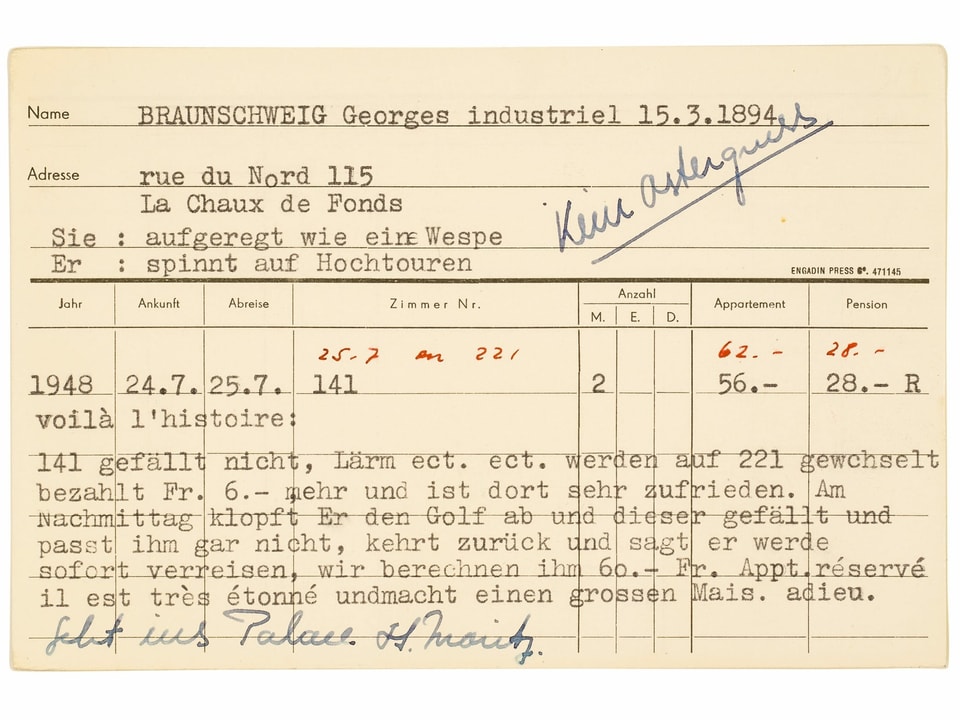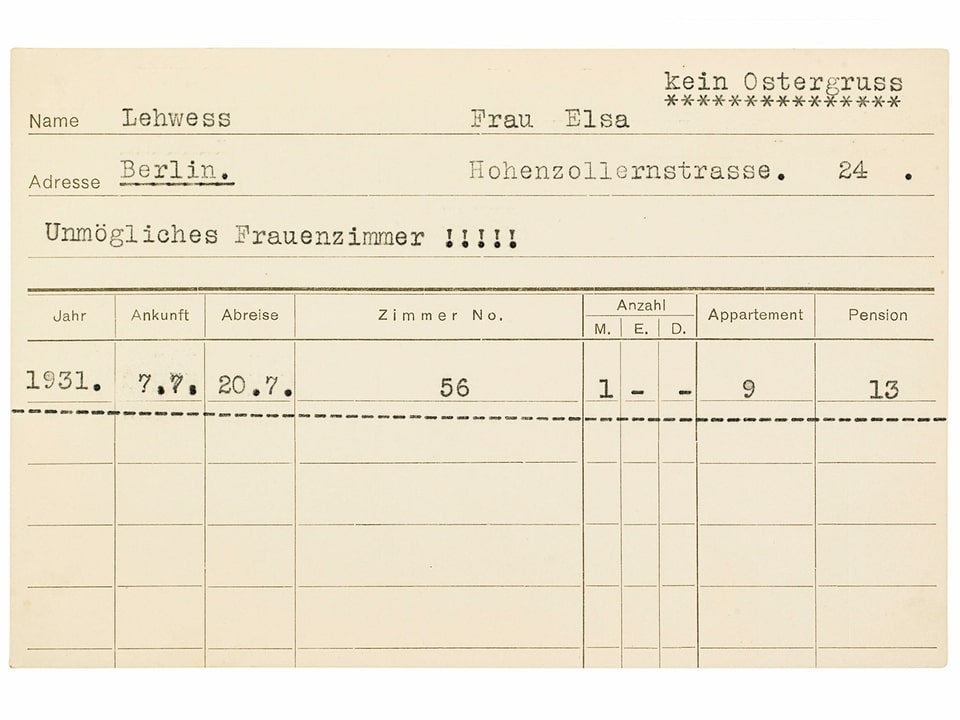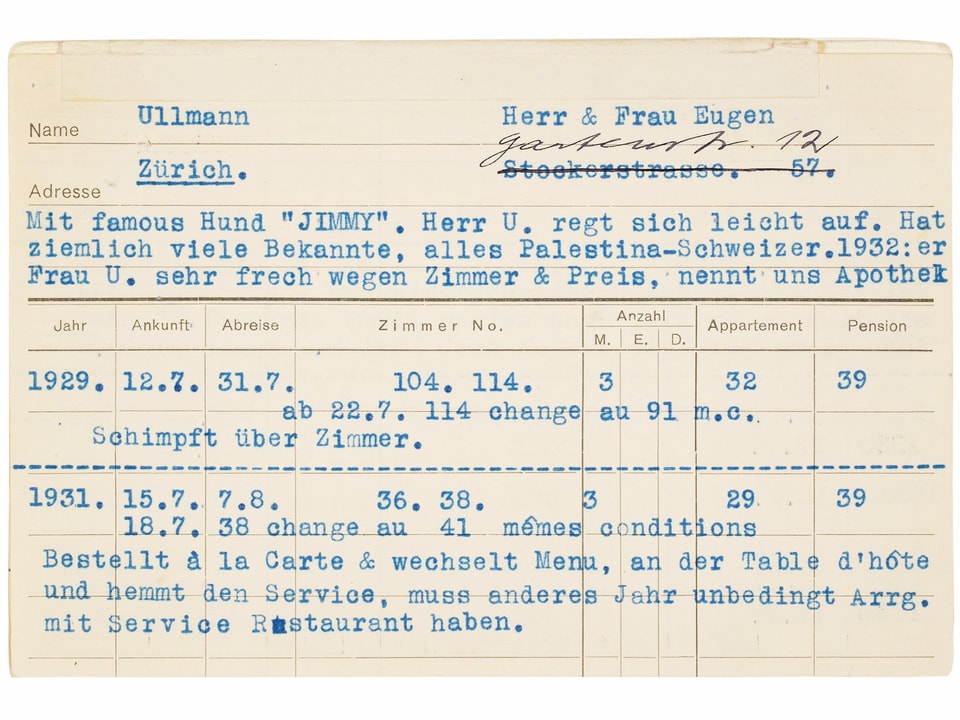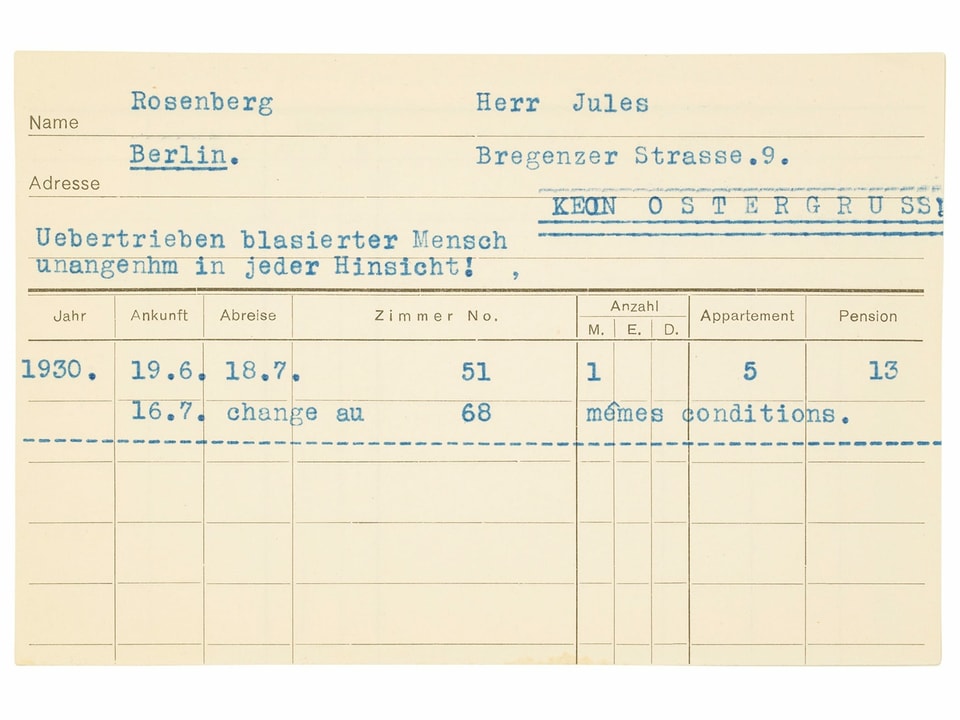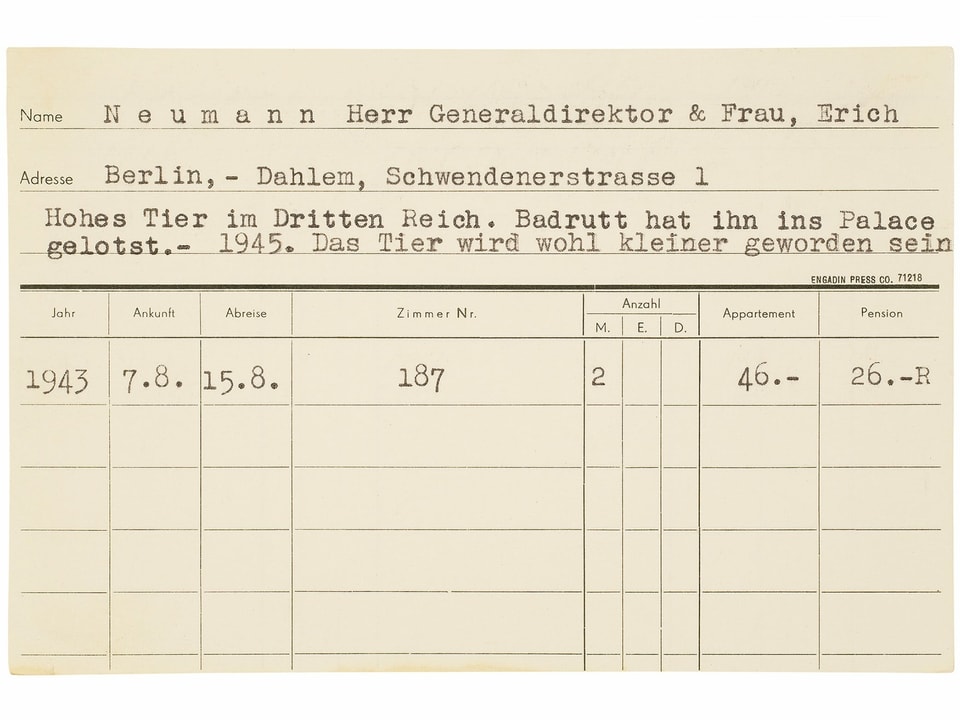On the Jokerzettel
9/8j Im Zettelkasten ist ein Zettel, der das
Argument enthält, das die Behauptungen
auf allen anderen Zetteln widerlegt.
Aber dieser Zettel verschwindet, sobald man
den Zettelkasten aufzieht.
D.h. er nimmt eine andere Nummer an,
verstellt sich und ist dann nicht zu finden.
Ein Joker.
—Niklas Luhmann, ZK II: Zettel 9/8j
Translation:
9/8j In the slip box is a slip containing the argument that refutes the claims on all the other slips. But this slip disappears as soon as you open the slip box. That is, he assumes a different number, disguises himself and then cannot be found. A joker.
Many have asked about the meaning of this jokerzettel over the past several years. Here's my slightly extended interpretation, based on my own practice with thousands of cards, about what Luhmann meant:
Imagine you've spent your life making and collecting notes and ideas and placing them lovingly on index cards. You've made tens of thousands and they're a major part of your daily workflow and support your life's work. They define you and how you think. You agree with Friedrich Nietzsche's concession to Heinrich Köselitz that “You are right — our writing tools take part in the forming of our thoughts.” Your time is alive with McLuhan's idea that "The medium is the message." or in which his friend John Culkin said, "We shape our tools and thereafter they shape us."
Eventually you're going to worry about accidentally throwing your cards away, people stealing or copying them, fires (oh! the fires), floods, or other natural disasters. You don't have the ability to do digital back ups yet. You ask yourself, can I truly trust my spouse not to destroy them?,What about accidents like dropping them all over the floor and needing to reorganize them or worse, the ghost in the machine should rear its head?
You'll fear the worst, but the worst only grows logarithmically in proportion to your collection.
Eventually you pass on opportunities elsewhere because you're worried about moving your ever-growing collection. What if the war should obliterate your work? Maybe you should take them into the war with you, because you can't bear to be apart?
If you grow up at a time when Schrodinger's cat is in the zeitgeist, you're definitely going to have nightmares that what's written on your cards could horrifyingly change every time you look at them. Worse, knowing about the Heisenberg Uncertainly Principle, you're deathly afraid that there might be cards, like electrons, which are always changing position in ways you'll never be able to know or predict.
As a systems theorist, you view your own note taking system as a input/output machine. Then you see Claude Shannon's "useless machine" (based on an idea of Marvin Minsky) whose only function is to switch itself off. You become horrified with the idea that the knowledge machine you've painstakingly built and have documented the ways it acts as an independent thought partner may somehow become self-aware and shut itself off!?!
https://www.youtube.com/watch?v=gNa9v8Z7Rac
And worst of all, on top of all this, all your hard work, effort, and untold hours of sweat creating thousands of cards will be wiped away by a potential unknowable single bit of information on a lone, malicious card and your only recourse is suicide, the unfortunate victim of dataism.
Of course, if you somehow manage to overcome the hurdle of suicidal thoughts, and your collection keeps growing without bound, then you're sure to die in a torrential whirlwind avalanche of information and cards, literally done in by information overload.
But, not wishing to admit any of this, much less all of this, you imagine a simple trickster, a joker, something silly. You write it down on yet another card and you file it away into the box, linked only to the card in front of it, the end of a short line of cards with nothing following it, because what could follow it? Put it out of your mind and hope your fears disappear away with it, lost in your box like the jokerzettel you imagined. You do this with a self-assured confidence that this way of making sense of the world works well for you, and you settle back into the methodical work of reading and writing, intent on making your next thousands of cards.

